Native Advertising: Best Practices & Examples
Find out what Native Advertising is, and the best examples and practices you can implement into your marketing campaign!
Native Advertising can be an extremely effective way to capture the attention of consumers and to build relevance. By definition, it is any form of advertising that blends in seamlessly with the publication’s main content.
The goal is to advertise your product or service without disrupting the user experience, and in fact, adding value to it.
It sounds fairly simple, but it is harder than you think. So let’s explore some of the best native advertising examples and practices that you can implement to maximize your advertising campaigns as much as possible.
But first, let’s go into further detail about what native advertising actually is.
What is Native Advertising?
Native Advertising is the concept of creatively incorporating advertisements into the content of the page where it does not look out of place.
The advertisement is engrossed in the design of the web page and the platform, making viewers feel that the advertisement belongs there.
The most popular examples of native advertising are promoted search results, or sponsored social media posts.
However, both of these formats provide the same amount of value that organic search results or user-generated social media posts would.
As more and more consumers become aware and resistant to the traditional forms of advertising, companies are allocating bigger budgets towards marketing their content in a way that is non-disruptive.
So much so, that the global market for native advertisements in 2020 expected to generate greater than $85 billion in annual revenue.
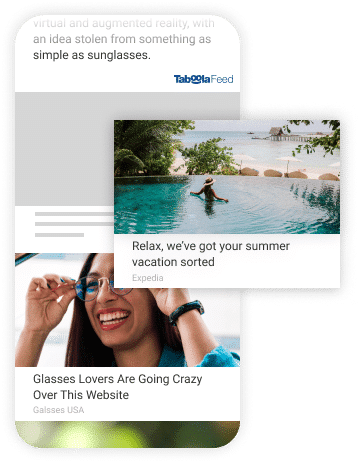
How Does Native Advertisement Work?
Native Advertisement is a tactic that supports performance marketing and they make use of supply and demand. Publishers who already have an audience are on the supply side as they look to monetize their websites.
Contrastingly, advertisers who are looking to get access to a greater audience, lead generation, and overall brand awareness, are on the demand side.
It’s a system that not only benefits both advertisers and publishers but also users as they get to experience the content on a webpage without the pop-up and pre-roll ads.
Native advertisements allow users to discover and engage with content they may like on their own terms.
What Does Native Advertising Look Like?
Search Engine
Search engines such as Google have pioneered this form of native advertising with their sponsored search results, and will typically appear at the top of the search engine results page.

They tend to be very similar to organic search results, but there will be some sort of indication showing that it is a paid ad.
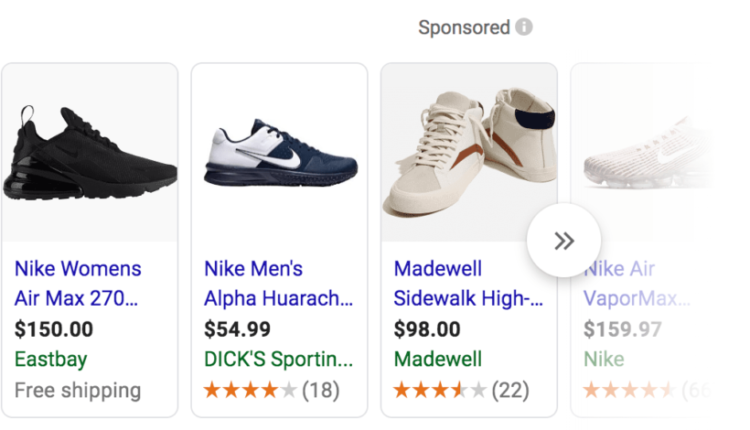
In-Feed
Social networks employ this method regularly. Instagram and Facebook in particular have popularized the native in-feed and carousel advertising formats.
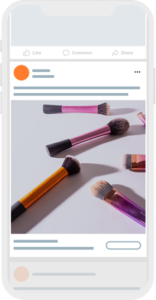
In-feed native advertisements sho up in a feed alongside the usual content displayed and therefore match the feel, look, and also function of the usual content.
This could be in the form of videos, articles, infographics, or any other content that the publisher normally creates.
Users can interact with these advertisements directly on the publisher’s site, or sometimes they link away to the website of the company that created the advertisement.
Content Recommendations
Content discovery platforms often use this method in the form of content recommendations that appear below the content you just viewed.

These are generally sponsored pieces of content in the form of articles or videos. Often you will see it below a header that says “You may also like…” or “Recommended for you”.
As opposed to in-feed native advertisements which are quite similar to the publisher’s main content, content recommendations tend to differ much more in terms of style, topic, or format. As a result, they are also easier to identify as a native advertisement.
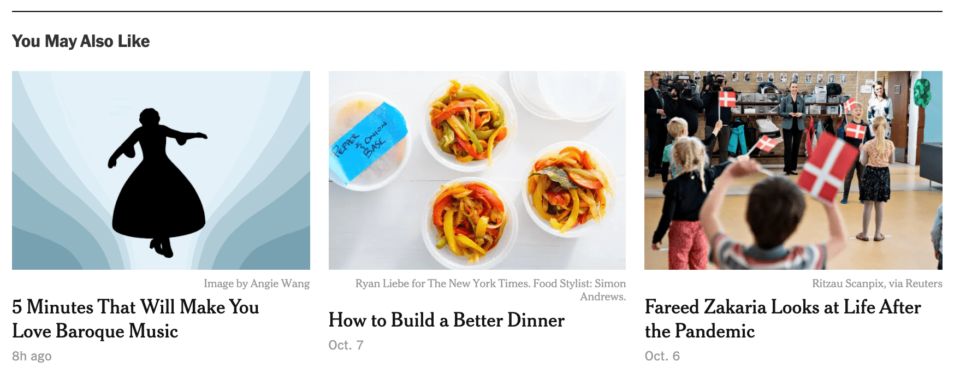
Promoted Listings
If you’ve browsed eBay, Amazon, or any other eCommerce website then you will have undoubtedly come across this form of native advertising.
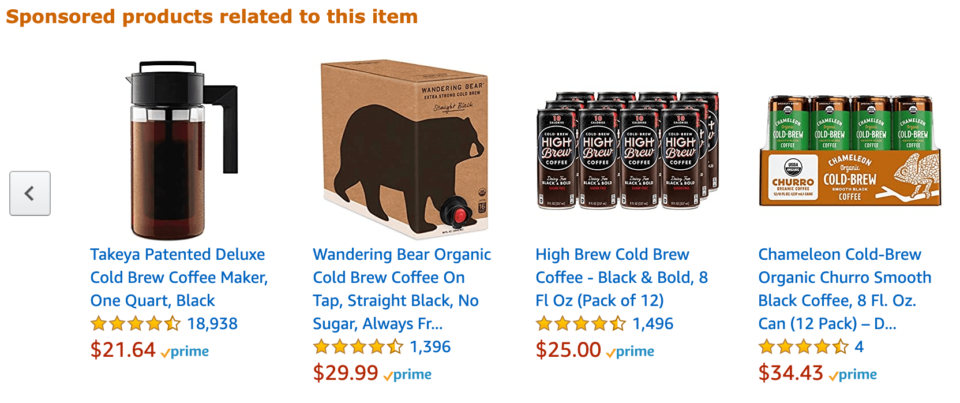
Promoted listings usually advertise a product that is similar to the listings you’re viewing and thus blends in extremely well.
How to Choose the Correct Native Advertising Platform?
If you want to maximize your return on any native advertising campaign, you will want to partner with a native advertising platform that can help with audience engagement, content distribution, cross-platform monetization, and more.
These native advertising platforms tend to be powered by predictive algorithms that match users with content that they are most likely to consume next, in order to increase effectiveness.
Look at the following requirements when choosing a native advertising platform that will suit your needs best:
- Quality of Network – What kinds of websites and pages is the platform currently active in?
- Scale – How many users can the platform reach?
- Tracking – Do they provide access to vital performance metrics such as pages-per-visit, cost-per-acquisition, etc.
- Targeting – What kind of targeting capabilities does the platform offer?
- Compatibility – How well does the platform integrate with differing software and hardware solutions?
- Service – Does the platform offer quality service?
Now we know what native advertising is and how to pick the best platforms, let’s look at some of the best native advertising examples and practices.
Best Native Advertising Examples & Practices
When it’s time to build your advertising campaigns, ensuring that they are creative and engaging for consumers should be a priority. If not, what’s the point.
Things have slightly changed since the global crisis over the last 11 months, so below are some great up-to-date examples of native advertising that can be implemented, now.
We’ve split them up into Sponsored Content (such as articles, photo galleries, e-books) and Video Campaigns (where the goal isn’t necessarily to create a click).
Sponsored Content
These ads consist of a headline and a photo which is used to increase click-through-rates (CTRs). These ads entice users to click on it in order to learn more about what it has to offer.
- Photos With Text vs Without Text
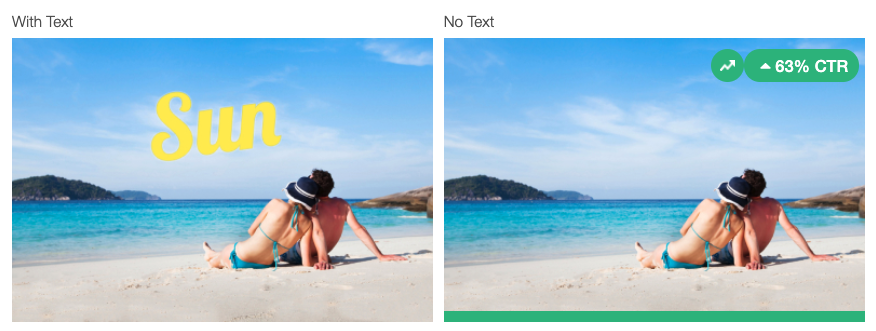
- Photography vs Illustrations
Showing a real image will boost your CTR by 59%. Companies who want to reach a new audience should represent their product or service with a real photo as this could have a tangible impact.
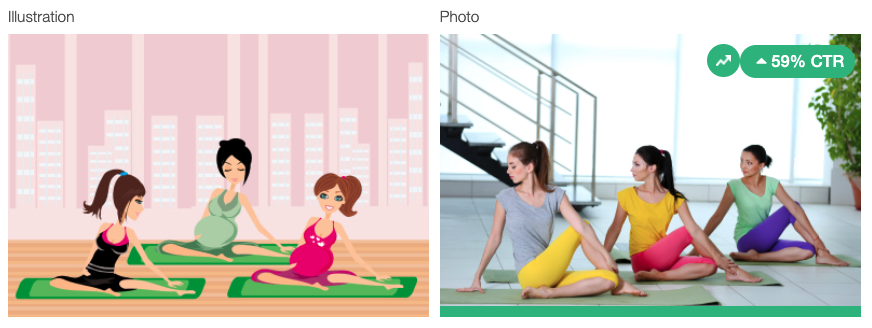
- Take It Outside
If you’re unsure if you should shoot photos indoors or outdoors, choose outdoors because having an outdoor background will increase your CTR by 12%
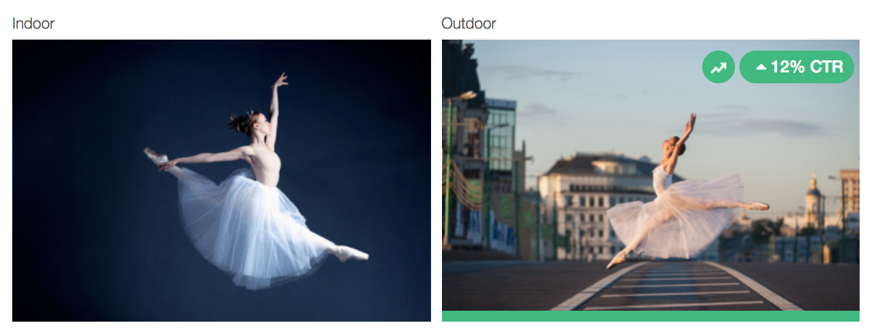
- Landscapes With People vs Without People
Showing people within a landscape can increase CTR by 51%. Try to include people within your images as much as possible.
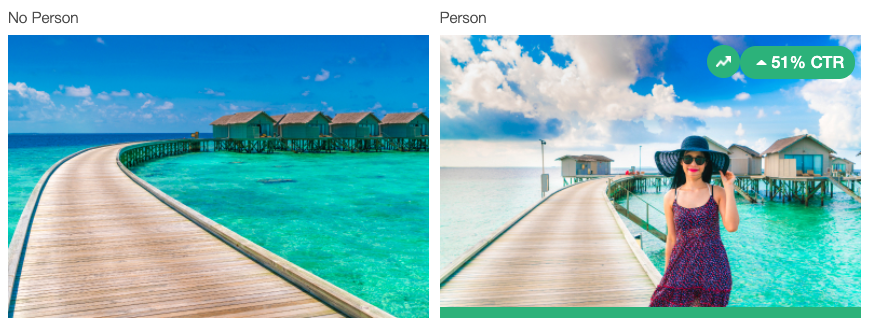
- Color vs Black & White
This one should be self-explanatory. A colorful image will increase CTR by 22%, and this makes sense since these color images will catch users’ eyes more.
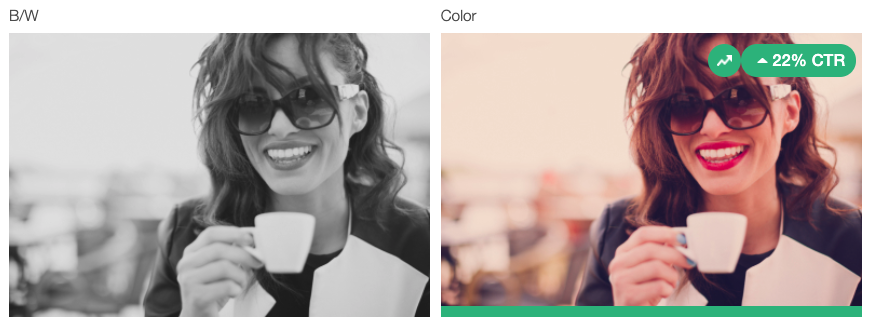
- Close-Ups vs Distance
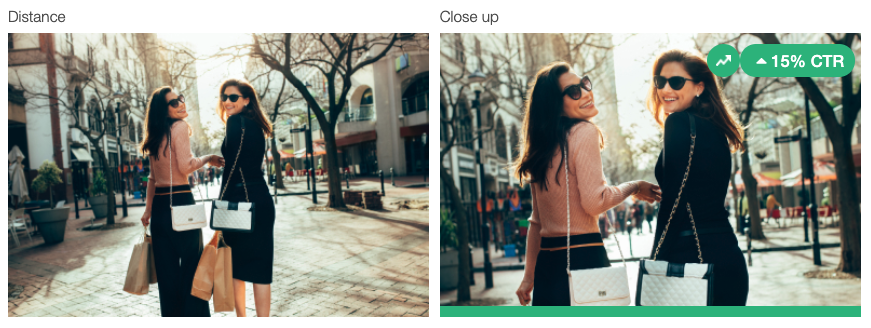
It is recommended that you incorporate A/B testing of photos with one or two of these elements in order to see which ones work best for you and your advertising campaign.
Video Campaigns
When producing videos, there are specific characteristics that you should include to make more of an impact on viewability and competition rate.
- Eating in Videos
For videos that range from 6 seconds to 15 seconds in length, showing people eating can increase your video viewability by a whopping 258% and increase your video completion rate by 75%. So break out the snacks and get eating.
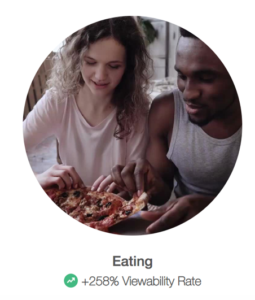
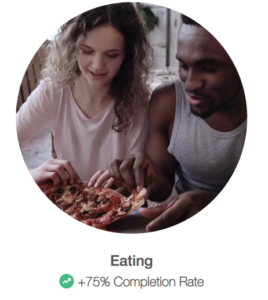
- Physical Activity
For slightly longer videos between 15 and 30 seconds, physical activity is the best action you can possibly show. It can increase your video viewability by 34% and 85% for videos that are 15 seconds and 30 seconds, respectively.
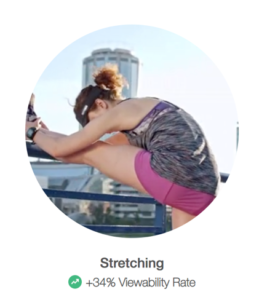
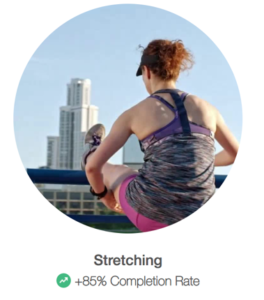
- Food
Food is a big asset to short videos. It can increase your video viewability by a massive 102% for short 6 second videos.

Keywords
Once a good photo or video has caught your eye, you need to ensure that your headline will convince people to click on it. Certain keywords will increase CTRs more than others, so do your research and find keywords that will maximize this. Some examples are:
- Foods That Naturally…
If you are using a video or photo that includes food, then using the phrase “Foods That Naturally…” in your headline will boost CTR by 85%.

There is an increased desire for more whole, natural food within the food, wellness, and health industries and therefore you can capitalize on it by including phrases such as “Foods That Naturally”.
- Ranking The Greatest
Inform your users of the best things out there. Phrases such as “Ranking The Greatest…” will increase your CTR by 61%.

This especially works for sports media firms who can entice readers by ranking athletes or clubs in a particular sport, game, or season for example.
- Try Not To
Pique the curiosity of your viewers by using phrases such as “Try Not To…” is a classic booster of CTR, with it having an impact of up to 111%.

This phrase was, is, and will be a mainstay in the digital realm of advertising.
Main Takeaways
Native advertising can be a great way to get your product or service across to a user without ruining their user experience. As such, try to incorporate native advertising into your advertising campaigns.
In this article, we’ve outlined some of the best native advertising examples and practices you can use, however, remember that you should always A/B test in order to see what works. Use these recommendations as a base for your advertising campaigns going forward, and it will make optimizing them for your specific needs down the line much easier.
We hope you found this article helpful, and good luck!
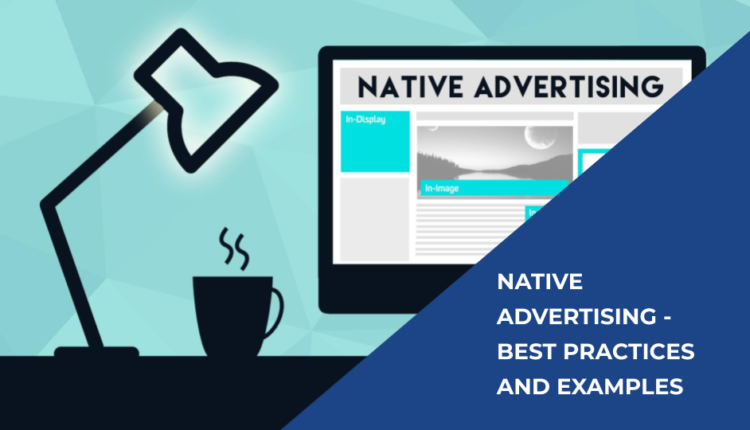
Comments are closed.